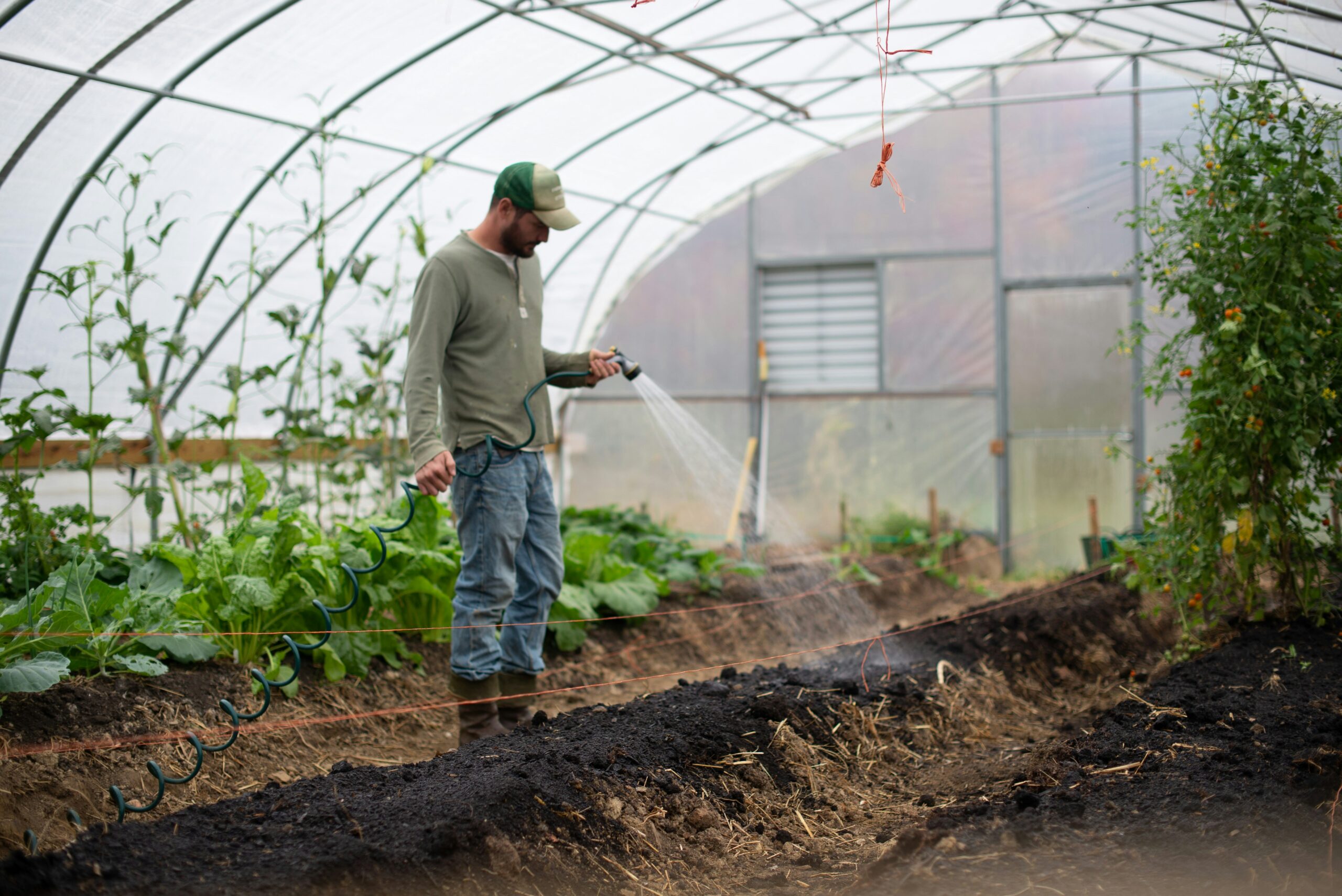Modern farmers face many challenges, including controlling greenhouse emissions (GHG), soil erosion, changing consumer expectations, and the cost of emerging technology. While modern agriculture offers various solutions to these problems and others, the outcome varies from farm to farm.
This reality is because each farmer faces unique conditions: different landscapes and soils, different economic and geographic access to technology, and varying crop yields. Because of this, growers are often looking for the best ways to manage their land based on their specific conditions.
Photo Courtesy Rodolfo Clix
Extreme weather, such as droughts, floods, hurricanes, tornadoes, and record temperatures — hot and cold — radically affect farming conditions such as access to water, weed growth, and pest infestations.
A changing climate can also play a role in topsoil erosion due to vegetation growth, rain amounts, and wind speed, which can add up to a reduction in the amount of land for crops. Changing conditions also directly affect pollinators, impacting the viability and yield of numerous crops.
Farmers rely on water for production. According to the World Bank, agriculture accounts for the use of 70% of the world’s freshwater, causing growers to be under a great deal of pressure to protect that water supply. This effort may be through implementing water conservation practices and mitigating their GHG emissions.
An Intergovernmental Panel on Climate Change report found that agriculture, forestry, and other land use caused up to a quarter of the world’s GHG emissions between 2007 and 2016. However, according to the Food and Agriculture Organization of the United Nations, global agricultural land areas are 38 percent of the global land surface, with only one-third used as cropland and two-thirds used for grazing livestock.
Photo Courtesy Gustavo Fring
Consumers and society as a whole continue to raise expectations on farmers to reduce their negative environmental impact.
While many large-scale agriculture operations have the finances to implement the latest carbon-emission-reducing practices, it can be hard for smaller and family-owned operations to follow suit. Many solutions are not affordable. Adding that cost to wildly fluctuating commodity prices and trade complications worldwide makes it difficult for all farms to stay on top of the best environmental methods.
In the United States, the delayed passage of the Farm Bill has farmers worried about the potential loss of federal funding. Additional political issues such as trade with Mexico, water regulation laws, and the rising cost of agricultural labor are additional economic stressors.
Additionally, consumers are shifting to wanting to eat more healthily. The global trend toward better nutrition also puts pressure on growers to not only have environmentally healthy practices in place but to ensure their product is the most nutrient-dense and healthy for eating.
Photo Courtesy Erik Scheel
Farmers are working hard to adapt to the latest climate-positive practices. In many cases, the economic hardship of adopting those new practices is a deterrent to quick implementation, especially for smaller or family-owned operations. However, it is critical that growers work toward climate-friendly practices as the U.S. and the world move closer and closer to net-zero carbon emissions.





